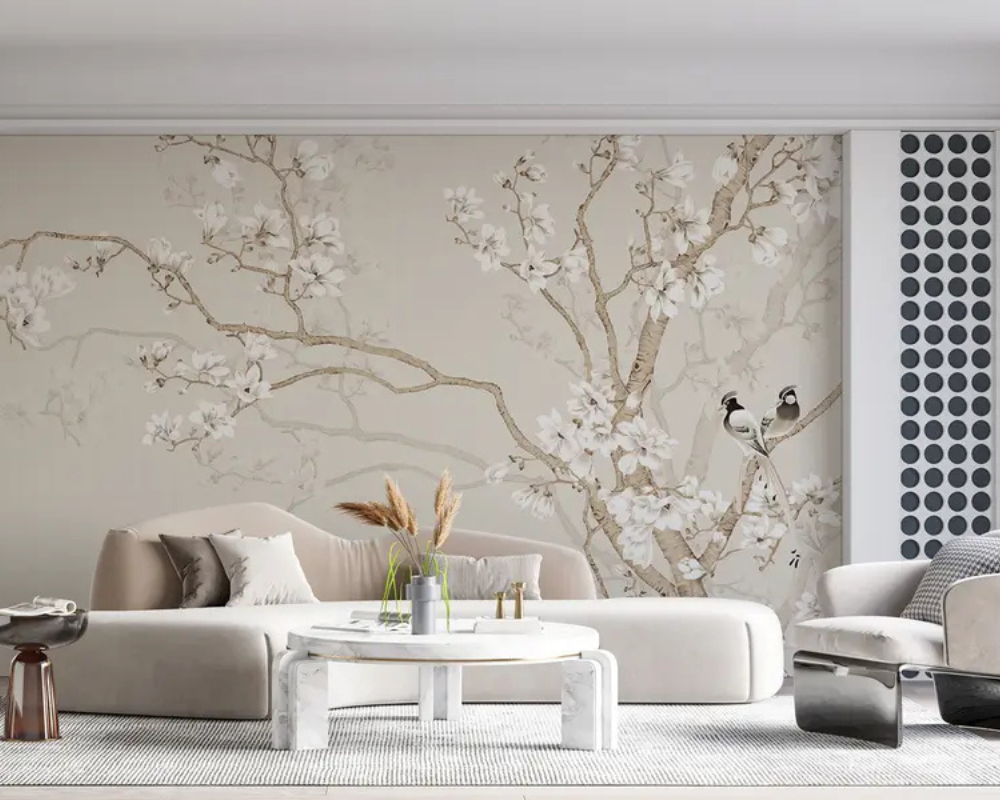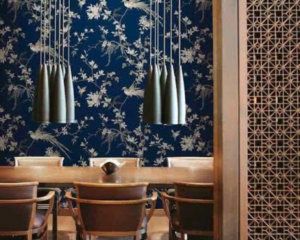Interior design is about creating spaces that are both functional and aesthetically pleasing. While personal preferences are essential in making a house feel like a home, some popular choices often clash with the tried-and-true principles of effective design. Many trends beloved by clients can lead to impractical or unattractive results. Below, we explore seven design choices that are common client requests but often fall short, along with practical guidance on how to achieve better outcomes.
Installing Too Many Recessed Lights
Recessed lighting may seem like a universal solution for brightly illuminating a home, but an overabundance of these fixtures often creates a cold and unwelcoming environment. Filling ceilings with can lights can mimic the stark, overly lit atmosphere of an office rather than the cozy ambiance most people desire in their homes.
A more effective lighting strategy involves layering light sources. Combining task lighting, like desk lamps or under-cabinet lights, with statement fixtures like chandeliers or pendant lights can provide both functionality and warmth. Incorporating ambient options, such as wall sconces or dimmable lights, allows for versatile lighting that adapts to different moods and times of day. This layered approach enhances the character of each room and ensures every corner feels purposeful and inviting.
Hanging Your TV Over the Fireplace
Mounting a TV above the fireplace might seem like a practical way to save space, but it poses both aesthetic and functional challenges. Placing a TV in this position can detract from the fireplace’s role as the natural focal point of the room, creating a visual competition between two major elements. Additionally, the height makes for an uncomfortable viewing experience, as tilting your head upward for extended periods can lead to strain.
Instead, consider mounting the TV on a different wall at a more ergonomic height—ideally 42 inches from the ground for optimal viewing. For rooms with limited space, a dedicated entertainment console or a sleek, freestanding TV stand can provide a better alternative while maintaining balance in the layout. This approach ensures both functional ease and an aesthetically pleasing look.
Thinking Sectionals Are the Only Way to Furnish a Den
Large sectional sofas are often perceived as the ultimate solution for cozy, communal seating. While they do provide ample room for lounging, sectionals can overpower smaller spaces, blocking natural pathways and disrupting sightlines. Additionally, sectional cushions are often non-reversible, which can lead to uneven wear over time.
For dens or family rooms, consider a more flexible arrangement of furniture. Two sofas positioned in an L-shape or paired with individual lounge chairs can achieve a similar level of comfort while preserving room flow. This setup allows for easier movement and the opportunity to rearrange furniture as needed. A smaller sofa combined with armchairs adds visual balance and ensures the space doesn’t feel overcrowded.
Covering Your Windows with Plantation Shutters
While plantation shutters are a popular choice for their clean-lined appearance, they can unintentionally limit the natural light and outdoor views that make a space feel open and welcoming. Once installed, these shutters often remain closed, which can make a home feel darker and less connected to its surroundings.
To maintain light and visibility while also managing privacy, consider alternatives like curtains, drapes, or Roman shades. These options provide greater flexibility, allowing you to adjust the level of light that enters the room while adding softness and texture to your design. Layering sheer and blackout curtains, for instance, offers both style and practicality, letting you control light and privacy with ease.
Pairing Benches with Your Dining Table
Dining benches are sometimes chosen to accommodate extra guests or create a casual, farmhouse-inspired vibe. Despite this, they can present several downsides. Backless benches can be uncomfortable for extended use, and their bulk can make it difficult to move around the table. Additionally, benches often fail to provide the individual comfort that chairs offer.
A better alternative is to opt for slim-lined dining chairs that provide both style and comfort. For larger gatherings, consider mixing your existing chairs with low-profile chairs from your living room to maximize seating without compromising comfort. This approach ensures versatility without the awkwardness of navigating around stationary benches.
Filling Your Kitchen with Too Many Cabinets
Maximizing storage in the kitchen is a common goal, but packing the walls with closed, upper cabinets can create a heavy and overwhelming atmosphere. This abundance of cabinetry tends to make the space feel smaller and more cramped, especially in kitchens with lower ceilings or limited square footage.
Instead, try balancing upper kitchen cabinets with sections of open shelving. Open shelves not only break up the visual weight but also provide an opportunity to showcase decorative or frequently used items. For larger storage needs, a pantry cabinet or standalone storage solutions like armoires can help free up wall space while maintaining functionality. Additionally, focusing on efficient lower-cabinet configurations—such as incorporating drawers or pull-out shelves—allows for ample storage without overloading the walls.
Buying Rugs That Are Too Small (or Too Cheap)
Rugs play a pivotal role in tying a room together, but choosing an improperly sized or low-quality rug is a mistake that can throw off the entire aesthetic. Rugs that are too small leave furniture awkwardly positioned around their edges, and cheap synthetic options can wear out quickly while being prone to unsightly stains.
When selecting rugs, ensure they’re large enough to anchor the main furniture pieces in the room. At a minimum, two legs of each sofa or chair should rest on the rug to create a cohesive look. Investing in higher-quality materials, like wool or cotton, is also important. Natural fibers are not only more durable but also age gracefully, providing both comfort and longevity. If budget is a concern, consider sourcing pre-owned or vintage rugs, which add character and charm while being more sustainable.
Final Thoughts
Designing a home that feels beautiful and functional requires striking the right balance between personal preferences and expert advice. While it’s important to follow your instincts, considering the practical implications of each choice can help you create spaces that truly work for everyday living. By addressing the shortcomings of these commonly requested design elements and opting for thoughtful alternatives, you can achieve a home that feels both timeless and tailored to your needs.






